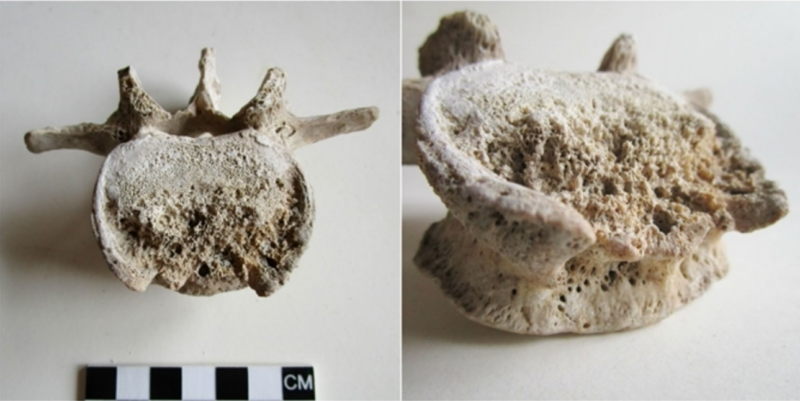Pompeii victim had spinal tuberculosis when he died

Enlarge / This is not what a healthy lumbar vertebra is supposed to look like. (credit: Scorrano et al. 2022)
The eruption of Mount Vesuvius buried the Roman city of Pompeii in ash in 79 CE. Anthropologists recently sequenced ancient DNA from one of the victims, a man in his late 30s, providing a glimpse into the family background of a Roman citizen.
The results also suggest that he suffered from a tuberculosis infection in his lower spine. In one of the victim's vertebrae, the study found DNA from the bacterium that causes tuberculosis, suggesting that the infection had traveled through the bloodstream from his lungs to his lower spine.
Pompeii man was ItalianA team led by anthropologist Gabriele Scorrano of the University of Rome sequenced the genome of the victim, which revealed, unsurprisingly, that man was of central Italian descent. Although the ancient man's genome didn't yield much new information about life in Pompeii, it proves that bones from Pompeii may still contain enough DNA to sequence-and that could be exciting news.
Read 14 remaining paragraphs | Comments